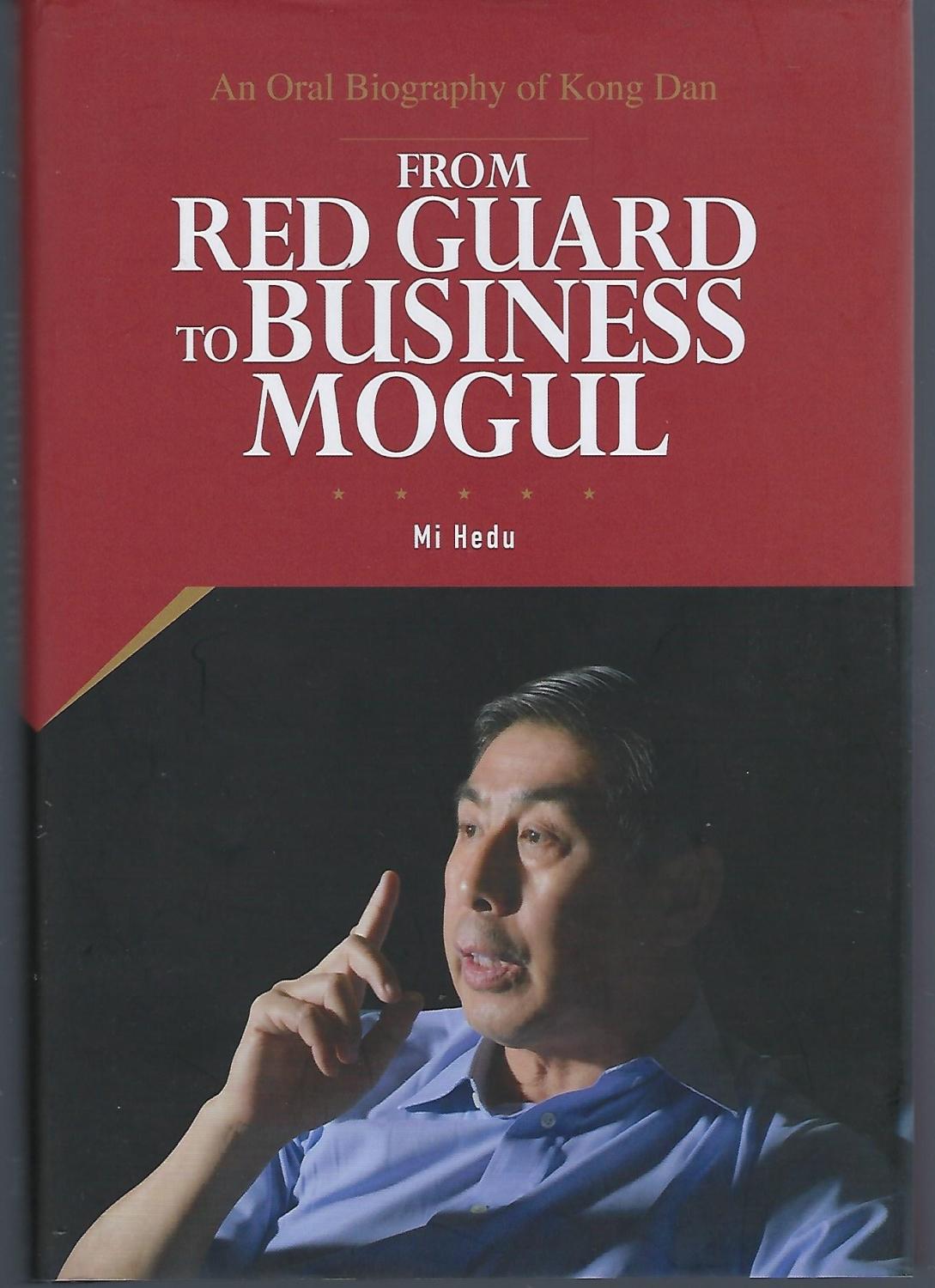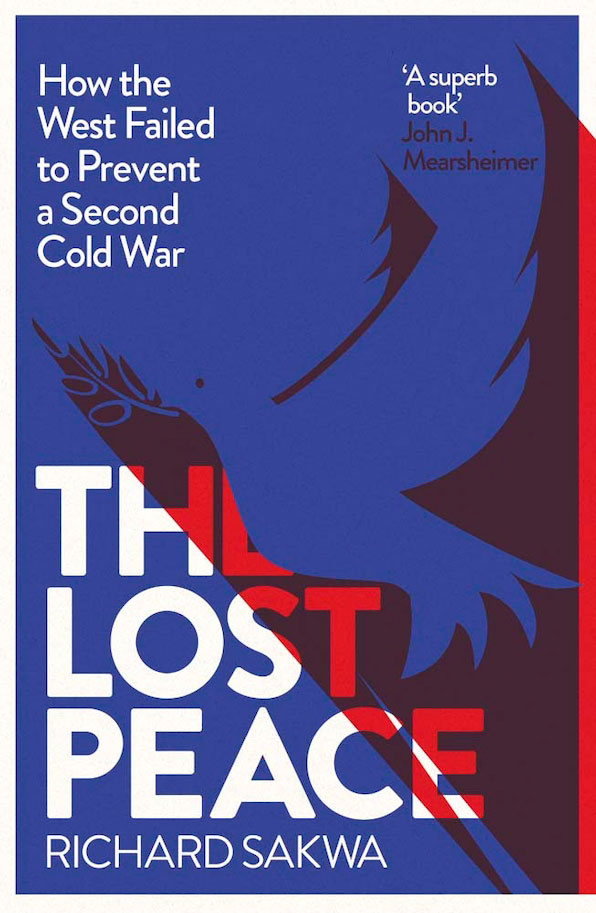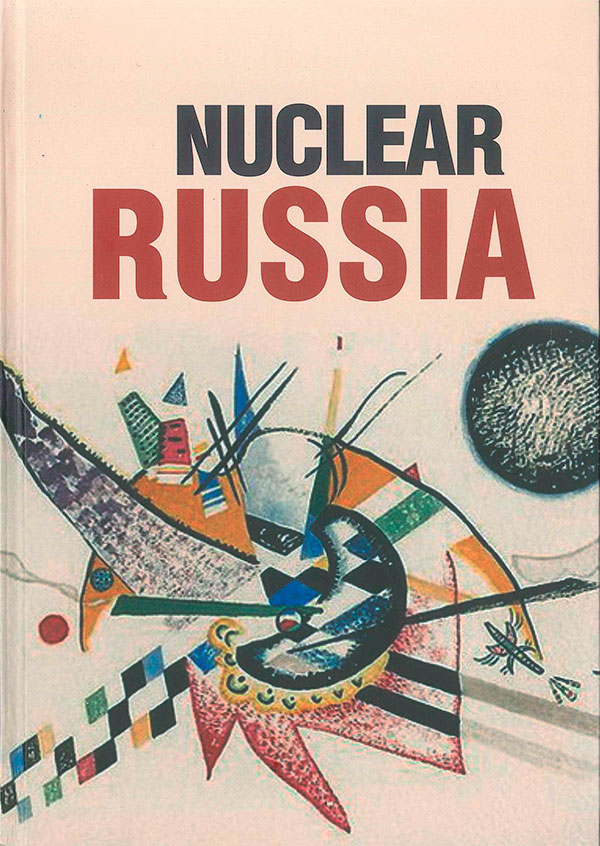Russia and India are going to lose a lot if they have to take sides in this forthcoming US-China rivalry
"Russia is losing India!"—I have been hearing such lamentations in Moscow for as long as I have followed world politics. Pessimism and alarmism are not a rare phenomenon among intellectuals and experts in any country, Russia included.
Manifestations of Russian-Indian relations losing their past dynamics are plenty. The ...
... longer be associated with the Western institutions alone. As of today, BRICS and the SCO are the most successful and influential models of non-Western multilateralism, with... ... challenges at the global level. For this to be so, BRICS should not only encourage Russia, China, India, Brazil and South Africa to cooperate among themselves but also... ... and prevent the emergence of new Cold War blocs and the general polarisation into “USA+” and “China+”.
It is important to understand in this context that a limited...
... historical inevitability or at least a completely predictable ending to a protracted play
The history of relations between Russia and the G7 can be compared to a multi-act play with a convoluted storyline, magnificent scenery, a number of vivid characters ... ... application for Russia’s membership in the G7 back in 1992, there were simply no other alternative associations in the world where Moscow could try to squeeze in. Structures such as the G20, BRICS or SCO did not exist at the time, and Russia’s membership in ...
Russia needs to clearly define its long-term priorities and interests within the BRI
President of the People’s Republic of China Xi Jinping and President of the United States Donald Trump met on the sidelines of the G20 Summit in Osaka on June 29 ...
The Working Group on the Future of U.S.-Russia Relations’ Report
Central Asia stands out as a comparatively “nontoxic” region where there are limited, but not ... ... Asia, points of friction, and potential areas for cooperation amid an extremely tense relationship between Washington and Moscow.
Envisioning Opportunities for U.S.-Russia Cooperation in and with Central Asia
, 0.9 Mb
Multilateralism Instead of Multipolarity
In Russia, the concept of multipolarity is usually associated with Yevgeny Primakov. Indeed, the former Minister of Foreign Affairs ... ... progress towards the status of a collective “pole”? Is it possible to say that as the Shanghai Cooperation Organisation (SCO) expanded, the group increased its capability to act on a consolidated stance on the international stage? If we are not yet ...
The basic foundation of the relationship remains strong. A rising India would be a valuable partner of Russia in Asia and beyond
Kanwal Sibal
Not enough critical evaluation has been made of the state of India–Russia relations ... ... been traditionally state driven, and while this has given a certain stability to the relationship, it has also constricted its scope. At the state level the two countries have recognised that the relationship is beneficial for both and, despite drastic ...
Russians have become skeptical about a truly global order. At best, interactions with Western countries will be transactional,... ... number of equalizers. These will range from increased reliance on nuclear deterrence to the creation of local balances in Moscow’s favor; from swift decisionmaking and bold action, including the use of force, to ambiguity and hybrid operations; and ...
... with the U.S is an example in which New Delhi has latched on to Washington’s weakness to contain a rising China and resurgent Russia. In order to gain balance in Asia-Pacific region, the U.S. has formed an axis with India and has sidelined its traditional ... ... investment of US$ 100 billion in nuclear industry sector alone. Owing to this, New Delhi exercises substantial leverage over Moscow’s foreign policy. China and Russia have exercised pragmatism in dealing with Indo-U.S. Axis and made India member ...
... partners who used to render them occasional free economic aid, at least before the global crisis.
Speaking the Multipolar Language: Russia and the Non-Aligned Movement
Photo: news.mail.ru
Group photo, 16 Non-Aligned Movement
conference in Tehran
During the ... ... viewed by the South as a country of the
rich North
. Russia’s Eurasian nature and its participation in the BRICS and the SCO make it fluent in the multipolar languages of the North, East and South. Also important is the fact that Russia is no longer ...



